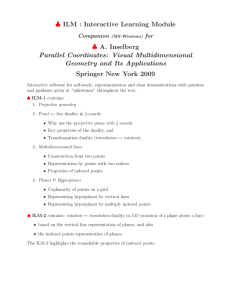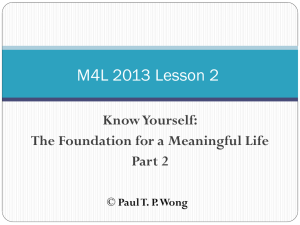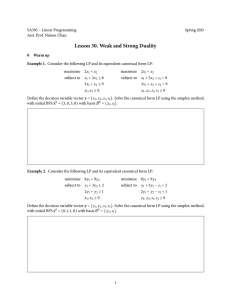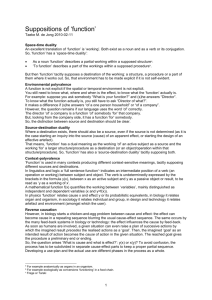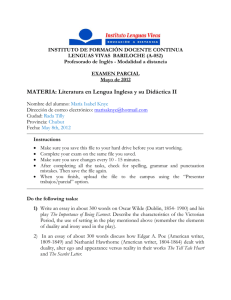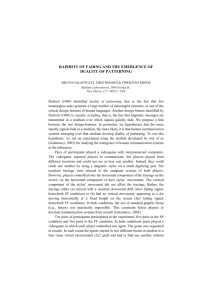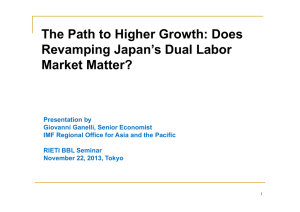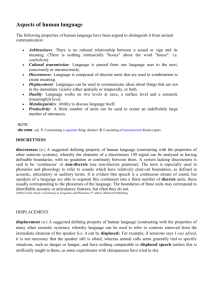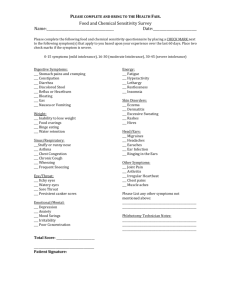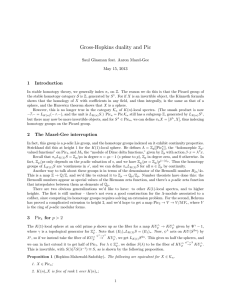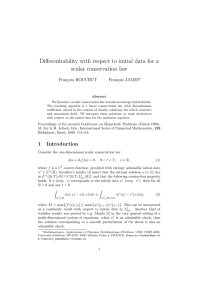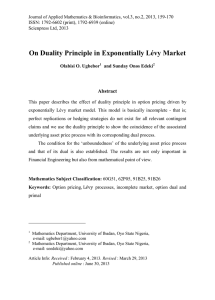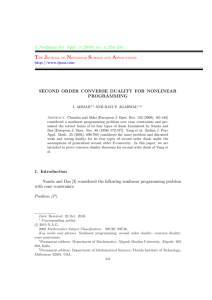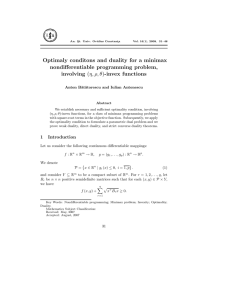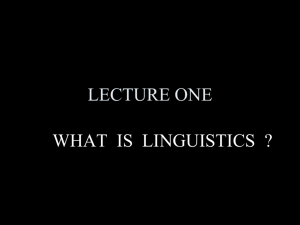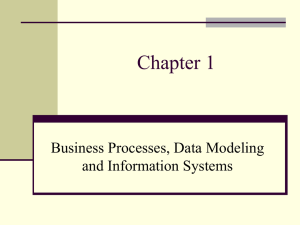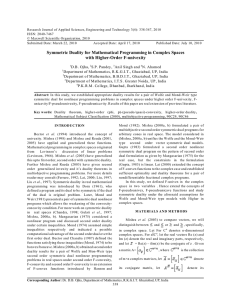- Laura Plancarte
advertisement
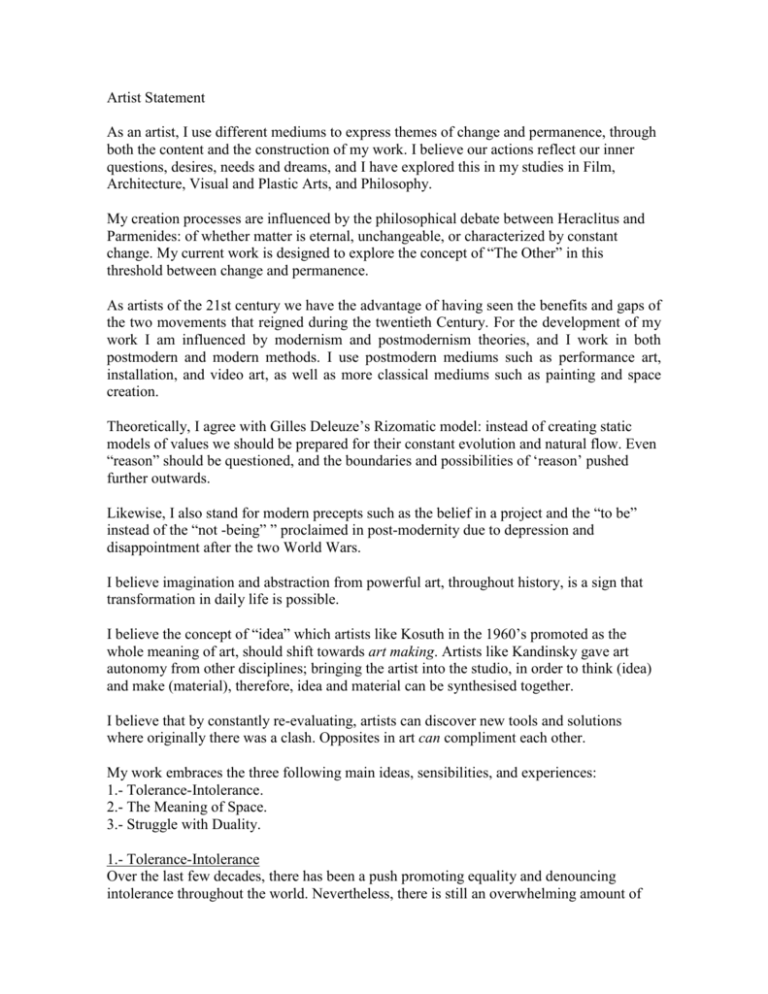
Artist Statement As an artist, I use different mediums to express themes of change and permanence, through both the content and the construction of my work. I believe our actions reflect our inner questions, desires, needs and dreams, and I have explored this in my studies in Film, Architecture, Visual and Plastic Arts, and Philosophy. My creation processes are influenced by the philosophical debate between Heraclitus and Parmenides: of whether matter is eternal, unchangeable, or characterized by constant change. My current work is designed to explore the concept of “The Other” in this threshold between change and permanence. As artists of the 21st century we have the advantage of having seen the benefits and gaps of the two movements that reigned during the twentieth Century. For the development of my work I am influenced by modernism and postmodernism theories, and I work in both postmodern and modern methods. I use postmodern mediums such as performance art, installation, and video art, as well as more classical mediums such as painting and space creation. Theoretically, I agree with Gilles Deleuze’s Rizomatic model: instead of creating static models of values we should be prepared for their constant evolution and natural flow. Even “reason” should be questioned, and the boundaries and possibilities of ‘reason’ pushed further outwards. Likewise, I also stand for modern precepts such as the belief in a project and the “to be” instead of the “not -being” ” proclaimed in post-modernity due to depression and disappointment after the two World Wars. I believe imagination and abstraction from powerful art, throughout history, is a sign that transformation in daily life is possible. I believe the concept of “idea” which artists like Kosuth in the 1960’s promoted as the whole meaning of art, should shift towards art making. Artists like Kandinsky gave art autonomy from other disciplines; bringing the artist into the studio, in order to think (idea) and make (material), therefore, idea and material can be synthesised together. I believe that by constantly re-evaluating, artists can discover new tools and solutions where originally there was a clash. Opposites in art can compliment each other. My work embraces the three following main ideas, sensibilities, and experiences: 1.- Tolerance-Intolerance. 2.- The Meaning of Space. 3.- Struggle with Duality. 1.- Tolerance-Intolerance Over the last few decades, there has been a push promoting equality and denouncing intolerance throughout the world. Nevertheless, there is still an overwhelming amount of intolerance today. Through my work I depict the theme of intolerance; and look into how because of fear, insecurity, confusion or pain, we are able to bear intolerance and injustice. I look into how we tolerate the intolerable. With my work I do not believe I will transmit some sort of divine message that will miraculously transform society. I do not want to be didactic or try to ‘improve’. The work is simply a response to what I see. It is an attempt to connect and explore themes of survival and endurance, to reach out with art and ideas to other human beings who may relate. 2.- The Meaning of Space My interest in space comes from my most primary sense of understanding life, because through spatial awareness I am aware of and brought to myself; I am able to understand my existence by my capacity to fold and unfold in space. From the experience of expanding outwards, physically extending, I see how we mark ‘our’ territory, and this is a primitive form of construction and creation. From the experience of withdrawal and introspection, I see our capacity to recover and learn from our outward expansion. When we mark our territory by ‘owning’ a space, we can gain a sort of physical realm of protection. But this can also isolate us. In claiming territory as ‘ours,’ we build walls, blocking others from this space. The process of expanding and then withdrawing for reflection is an ongoing cycle, but it can become an exhausting and endless task. Through my work I try to show this idea, with a search for a mutant space; in between. It transforms from a cubic structure, to a square marked by tape on the floor, to the nonexisting of the mark. 3.-The Struggle with Duality The notion of duality; the inherent contrast between two connected things, stems from as far back as the Neolithic period, where they encountered it through the acknowledgement of death. The concept of transcendence comes from our primal dual relation between the sacred and the profane, and our battle with this. In life we often focus on immediate satisfaction. It is tempting to search for a linear way of life, without personal transcendence, just to focus on survival and a means to an end. However, every action and every inaction or silence is the origin of creation, change and permanence. Everything has a consequence, and brings motion. In my work the idea of duality holds a constant presence, since compelling opposites and duality is in our very essence, and can lead to enormous interior conflicts. We see duality everywhere; masculine/feminine, life/death, night/day, self/other. I believe the greatest struggle is not with the unknown “other” but actually with ourselves; an inherent duality and opposition within each of us.
